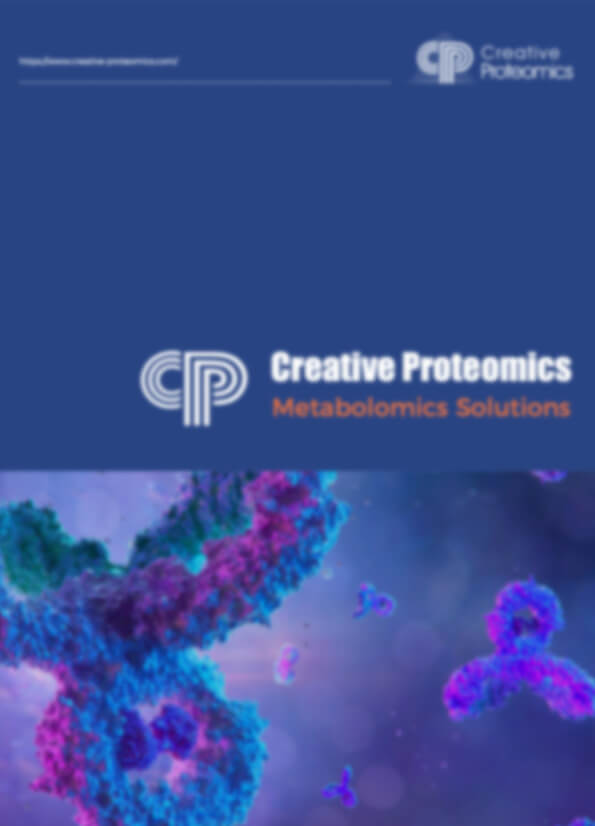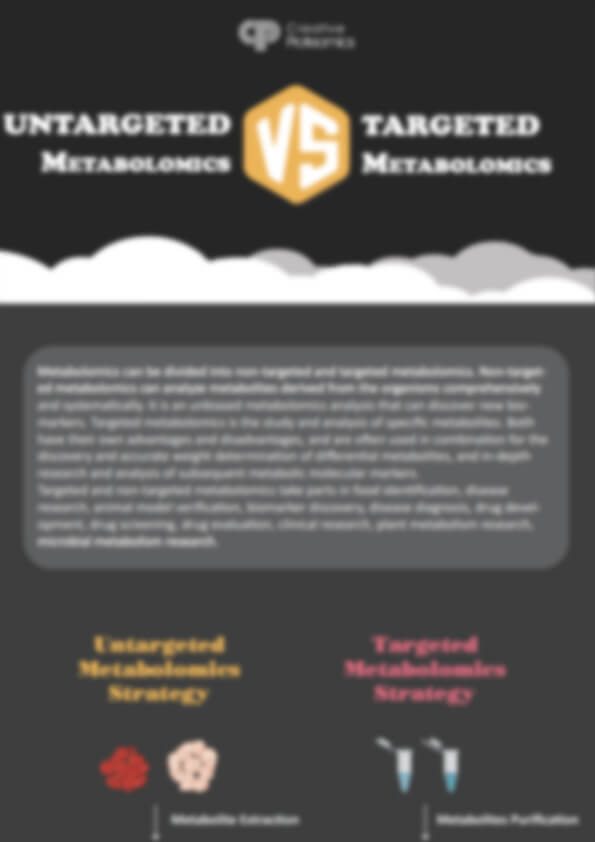Polyamines Analysis Service
Creative Proteomics offers cutting-edge polyamine analysis services leveraging high-sensitivity LC-MS/MS platforms and tailored workflows to resolve complex biological and industrial challenges. We provide comprehensive quantification, metabolomic profiling, and pathway analysis of polyamines and their derivatives, enabling precise insights into cellular metabolism, stress responses, fermentation optimization, and biomarker discovery. Our services eliminate technical bottlenecks in sensitivity, reproducibility, and metabolic coverage, empowering researchers and industries to accelerate discoveries in plant biology, microbial engineering, food safety, and therapeutic development.
Submit Your Request Now
×- What We Provide
- Advantage
- Workflow
- Technology Platforms
- Sample Requirements
- FAQ
- Publication
What are Polyamines?
Polyamines are small, aliphatic, polycationic molecules that are ubiquitously distributed across all living organisms. Key representatives include putrescine, spermidine, and spermine, which play pivotal roles in cellular growth, gene expression, ion channel modulation, and oxidative stress regulation. These molecules are intimately involved in a wide range of biochemical and physiological processes, such as nucleic acid stabilization, signal transduction, and membrane integrity.
Due to their significant biological importance, precise quantification and profiling of polyamines and their associated metabolic intermediates are essential in fields like plant biology, microbial studies, metabolic engineering, biomarker discovery, and fermentation optimization.
Polyamines Analysis Service Offered by Creative Proteomics
- Targeted Quantification of Major Polyamines: Accurate measurement of key polyamines such as putrescine, spermidine, spermine, and their precursors and catabolites using isotope-labeled internal standards.
- Untargeted Polyamines Metabolomics Profiling: Broad-spectrum analysis to identify novel or unexpected polyamine-related metabolites using high-resolution LC-MS or GC-MS platforms.
- Polyamine Flux and Kinetics Studies: Time-course analysis to monitor dynamic changes in polyamine levels under different experimental or environmental conditions.
- Stable Isotope Tracer Analysis (13C/15N): Metabolic flux analysis using isotopically labeled precursors to trace biosynthetic and degradation pathways of polyamines.
- Pathway-Level Functional Analysis: Integration of polyamines data with metabolic pathway databases (e.g., KEGG, Reactome) to support functional interpretation and biological relevance.
- Subcellular Localization Analysis: Evaluation of polyamine distribution across subcellular fractions (e.g., cytosol, mitochondria, nuclei) to explore compartment-specific metabolism.
- Batch Comparability and Quality Control Testing: Comparative analysis for product consistency in fermentation processes or compound manufacturing workflows.
- Custom Polyamine Panel Design: Tailored detection panels based on your research goals or organism-specific pathways, with flexible marker inclusion.
List of Detected Polyamines and Related Metabolites
| Category | Metabolite Name | Associated Pathway |
|---|---|---|
| Core Polyamines | Putrescine | Arginine → Ornithine → Putrescine |
| Spermidine | Putrescine → Spermidine | |
| Spermine | Spermidine → Spermine | |
| Thermospermine | SAM-dependent methylation of spermidine | |
| Nor-spermidine | Found in some bacteria (e.g., Vibrio) | |
| Nor-spermine | Synthetic analog, also found in rare bacterial species | |
| Diaminopropane | Spermidine catabolism | |
| Precursors | Arginine | Urea cycle, arginine decarboxylation |
| Ornithine | Arginine → Ornithine (via arginase) | |
| Agmatine | Arginine decarboxylation pathway | |
| Lysine | Lysine → Cadaverine | |
| Methionine | SAM biosynthesis, methyl donor | |
| Byproducts & Derivatives | N1-Acetylputrescine | Acetylation of putrescine |
| N1-Acetylspermidine | Acetylated spermidine | |
| Diacetylspermine | Spermine degradation | |
| N8-Acetylspermidine | Alternate acetylation site | |
| 5-Methylthioadenosine (MTA) | Byproduct of spermidine synthesis | |
| γ-Aminobutyric acid (GABA) | Polyamine degradation, neurotransmitter | |
| β-Alanine | Product of spermine degradation | |
| Homospermidine | Found in prokaryotes and some plants | |
| 1,3-Diaminopropane | Sourced from spermidine | |
| Polyamine Analogues | Aminoguanidine | Inhibitor or mimic in experimental systems |
| Cadaverine | Lysine decarboxylation pathway | |
| Pathway Intermediates | S-Adenosylmethionine (SAM) | Methyl group donor for spermidine/spermine synthesis |
| S-Adenosylmethioninamine (dcSAM) | Decarboxylated SAM | |
| Ornithine Decarboxylase (ODC) activity readouts | Enzyme involved in putrescine synthesis |
Advantages of Polyamine Assay
- High Sensitivity & Specificity: Detection limits as low as 0.1 ng/mL using high-performance LC-MS/MS platforms.
- Wide Linear Range: From 0.1 ng/mL to 1000 ng/mL, suitable for high-throughput and trace-level detection.
- High Reproducibility: Inter-assay CV% < 5%, ensuring data robustness and consistency.
- Quantitative & Qualitative Analysis: Absolute quantification with internal standards and isotopically labeled compounds.
- Comprehensive Metabolic Coverage: Analysis of both core polyamines and their biosynthetic/degradation intermediates across multiple metabolic pathways.
Workflow for Polyamine Analysis Service
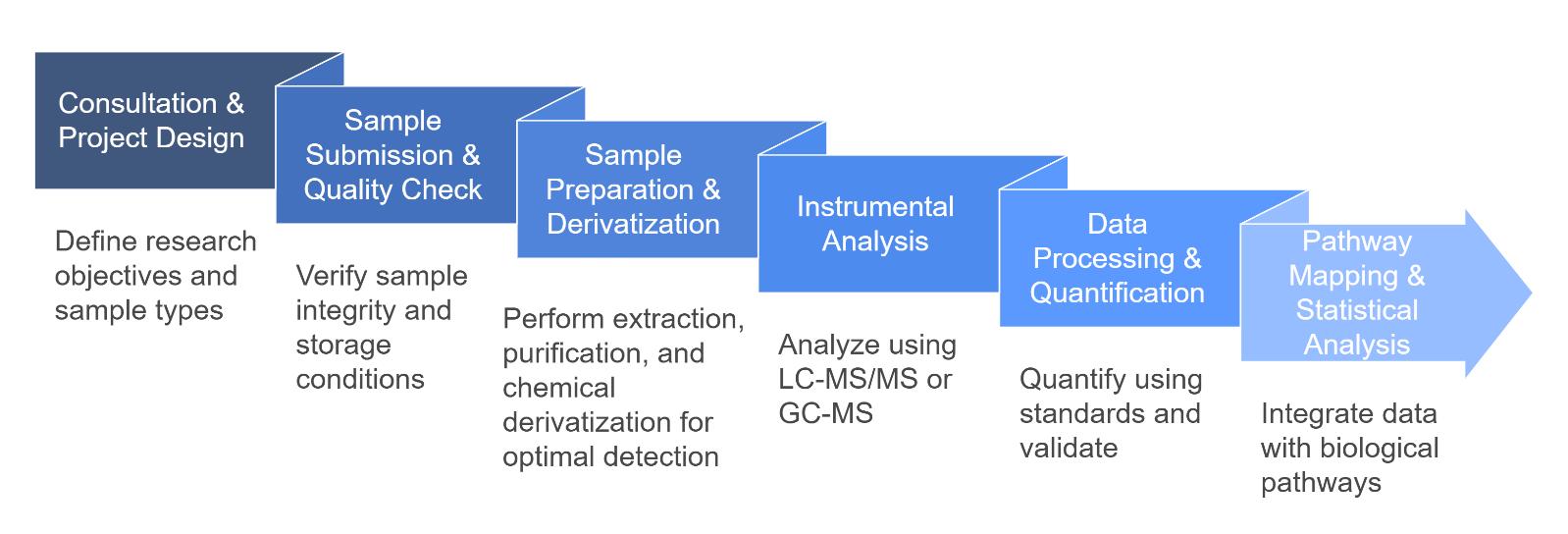
Technology Platform for Polyamine Analysis Service
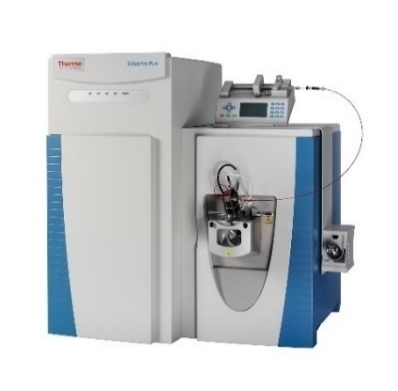
Thermo Fisher Q Exactive (Figure from Thermo Fisher)
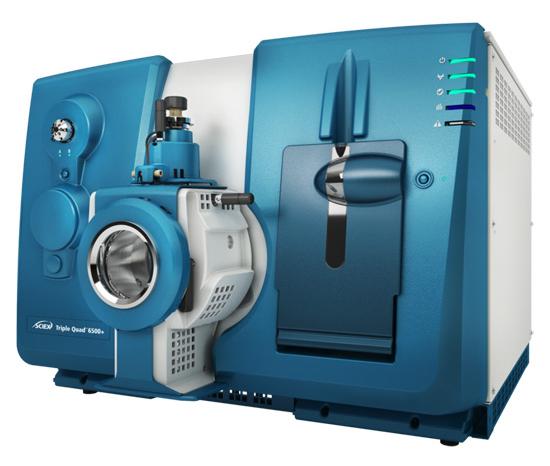
SCIEX Triple Quad™ 6500+ (Figure from Sciex)
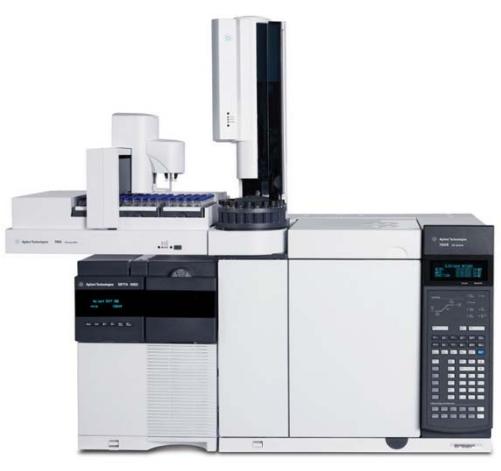
Agilent 7890B-5977B (Figure from Agilent)
Sample Requirements for Polyamines Analysis Service
| Sample Type | Minimum Volume/Weight | Storage Conditions | Notes |
|---|---|---|---|
| Serum/Plasma | ≥ 100 µL | -80°C | Use EDTA or Heparin anticoagulants |
| Tissue (plant/animal) | ≥ 50 mg | Flash frozen, -80°C | Avoid repeated freeze-thaw |
| Cell Pellet | ≥ 1x106 cells | Dry ice, -80°C | Washed with PBS, free of media |
| Urine | ≥ 500 µL | -80°C | Aliquoted immediately after collection |
| Fermentation Broth | ≥ 1 mL | -80°C or -20°C | Filtered if necessary |
| Bacterial Culture | ≥ 108 cells | Pelleted and frozen | Snap frozen in liquid nitrogen |
Applications of Polyamine Assay Service
Plant Stress Physiology
Monitor polyamine fluctuations in response to abiotic stress (e.g., drought, salinity, temperature).
Microbial Metabolism Research
Study polyamine biosynthesis and catabolism in bacteria, fungi, and engineered strains.
Agricultural Product Development
Evaluate polyamine profiles in crops, seeds, and plant-derived compounds for trait improvement.
Fermentation Process Optimization
Track intracellular and extracellular polyamines to enhance yield and culture stability.
Food Quality and Spoilage Assessment
Detect cadaverine, putrescine, and other biogenic amines as freshness indicators.
Biochemical Pathway Analysis
Map polyamine-related metabolic pathways in model organisms and non-model systems.
Demo

The representative MRM chromatograms obtained from standard polyamines (a), plasma of healthy volunteers (b) and cancer suffers (c) by LC–MS/MS using the optimized method (Xiong et al., 2016)
FAQ of Polyamine Analysis Service
Do you offer stable isotope-labeled polyamine analysis?
Yes. We offer 13C- or 15N-labeled tracer studies to support metabolic flux analysis in cells and organisms.
What format is the final data delivered in?
Clients receive a comprehensive report including raw data, quantified results (Excel/CSV), instrument parameters, and optional pathway analysis.
Can polyamines interfere with other metabolomics signals? How do you control for that?
Yes, due to their high polarity and basicity, polyamines can cause ion suppression or interfere with amine-containing metabolites. We apply optimized chromatographic separation (HILIC or ion-pair reversed-phase) and derivatization protocols to minimize cross-talk and improve selectivity.
How do you ensure accuracy across different batches or timepoints in long-term experiments?
We include internal standards, pooled QC samples, and system suitability tests across batches. For long-term or multi-phase studies, we recommend submitting a consistent QC sample for normalization and batch effect correction.
Can you detect subcellular differences in polyamine localization?
Yes. If subcellular fractions (e.g., nuclear, mitochondrial, cytoplasmic) are provided, we can assess compartment-specific polyamine distribution, which is critical in studies of aging, proliferation, or cellular signaling.
Do you support time-course studies or stress response profiling?
Absolutely. We can design high-frequency sampling workflows to capture polyamine dynamics under experimental conditions like osmotic stress, nutrient shifts, or circadian cycles.
Is polyamine stability a concern during sample processing?
Polyamines are relatively stable under acidic conditions but can degrade or oxidize if not handled properly. We recommend acidifying samples (e.g., with perchloric acid) and immediate freezing to preserve integrity.
Can you integrate polyamines data with transcriptomics or proteomics?
Yes. Our bioinformatics team can integrate polyamine levels with gene expression (e.g., ODC1, AMD1, SRM) or pathway enzyme data to provide a multi-omics interpretation of your system.
Do polyamines differ significantly across species or tissues?
Very much so. Polyamine content and metabolic flow are species- and tissue-specific. For instance, plants produce thermospermine, while microbes may use norspermidine or cadaverine. We adjust extraction and detection accordingly.
Learn about other Q&A.
Polyamine Analysis Service Case Study
Publications
Here are some publications in Metabolomics research from our clients:

- Nutritional analysis of commercially available, complete plant-and meat-based dry dog foods in the UK. 2024. https://doi.org/10.1101/2024.09.11.612409
- Living in extreme environments: a photosynthetic and desiccation stress tolerance trade-off story, but not for everyone. 2023. https://doi.org/10.22541/au.168311184.42382633/v2
- Anti-inflammatory activity of black soldier fly oil associated with modulation of tlr signaling: A metabolomic approach. 2023. https://doi.org/10.3390/ijms241310634
- Enhance trial: effects of NAD3® on hallmarks of aging and clinical endpoints of health in middle aged adults: a subset analysis focused on blood cell NAD+ concentrations and lipid metabolism. 2022. https://doi.org/10.3390/physiologia2010002
- The Brain Metabolome Is Modified by Obesity in a Sex-Dependent Manner. 2024. https://doi.org/10.3390/ijms25063475
References
- Xiong, Xin, and Suodi Zhai. "Rapid and simultaneous quantification of polyamines in human plasma by LC–MS/MS after pre-column derivatization with N-(9-fluorenylmethoxycarbonyloxy) succinimide." Chromatographia 79 (2016): 561-570. https://doi.org/10.1007/s10337-016-3079-z
- Liu, Ran, et al. "Determination of polyamine metabolome in plasma and urine by ultrahigh performance liquid chromatography–tandem mass spectrometry method: Application to identify potential markers for human hepatic cancer." Analytica chimica acta 791 (2013): 36-45. http://dx.doi.org/10.1016/j.aca.2013.06.044
